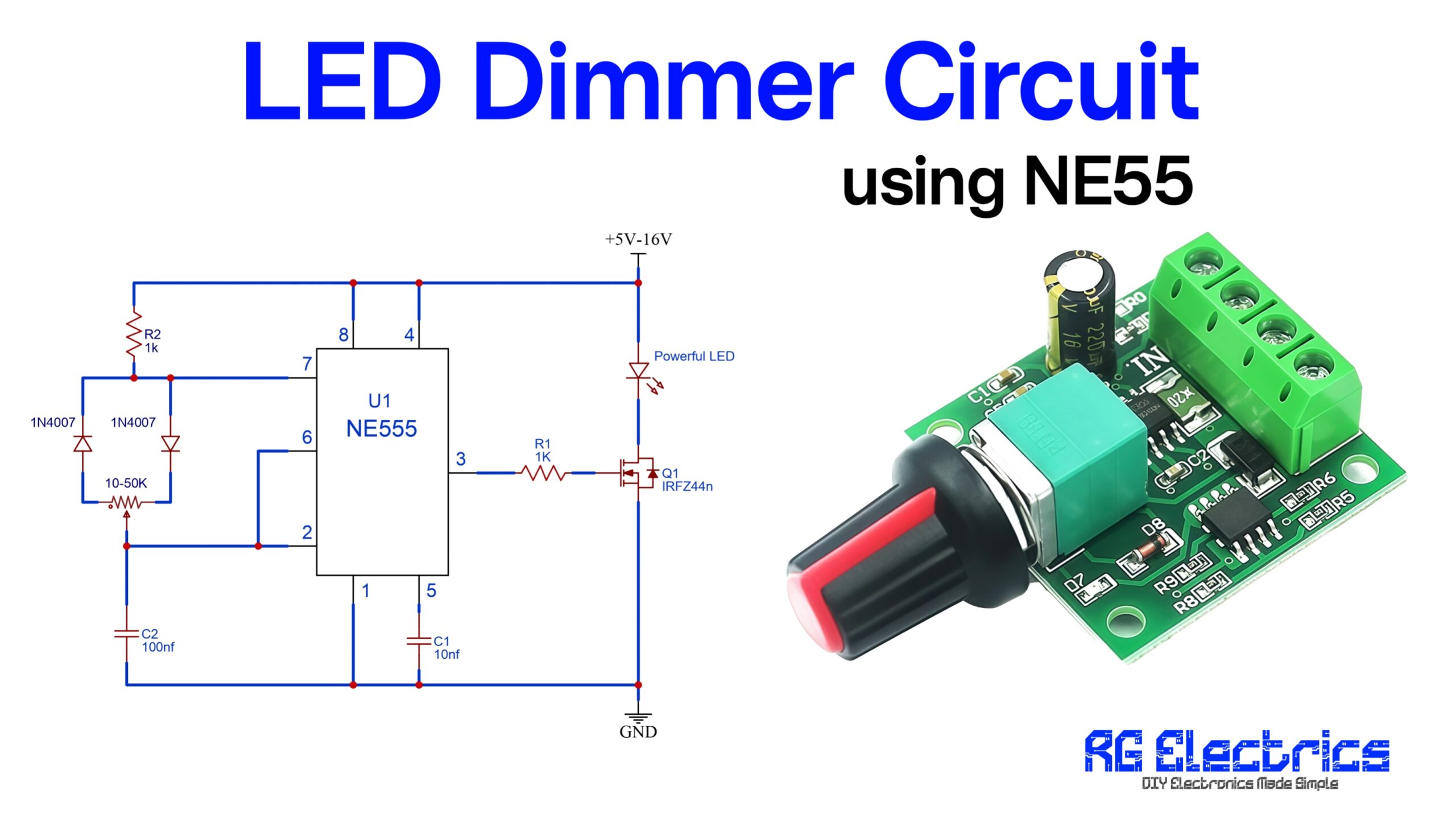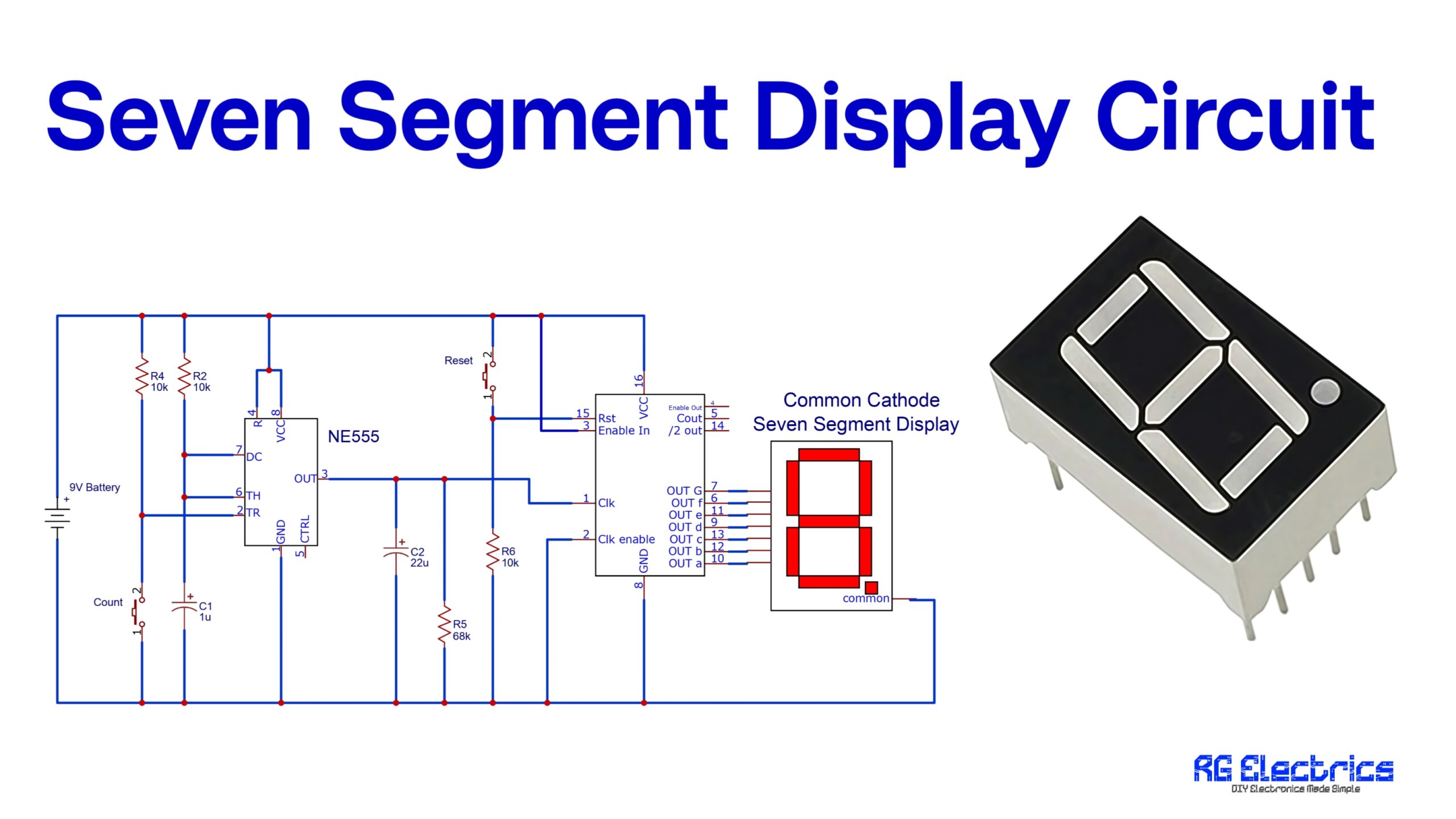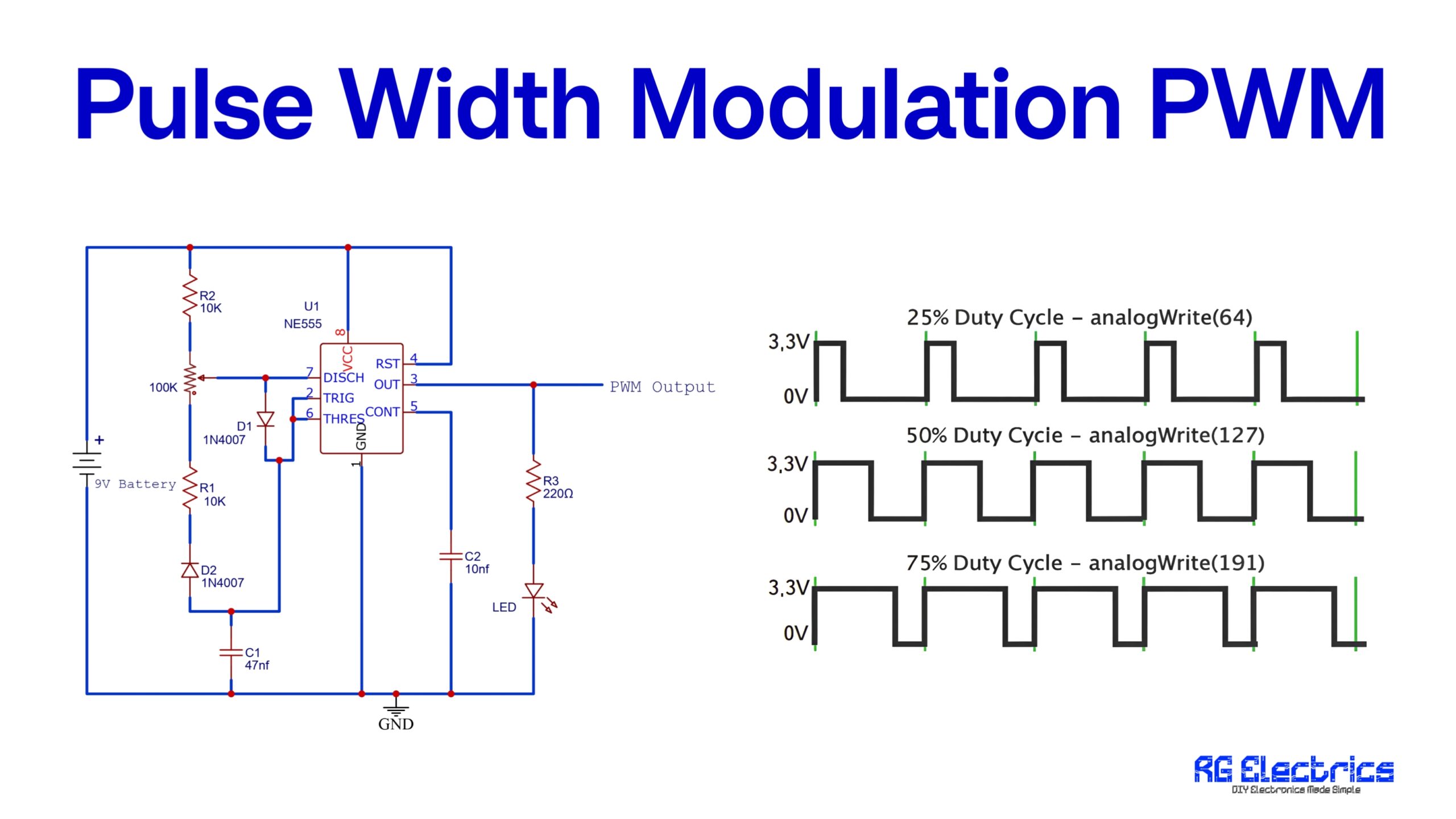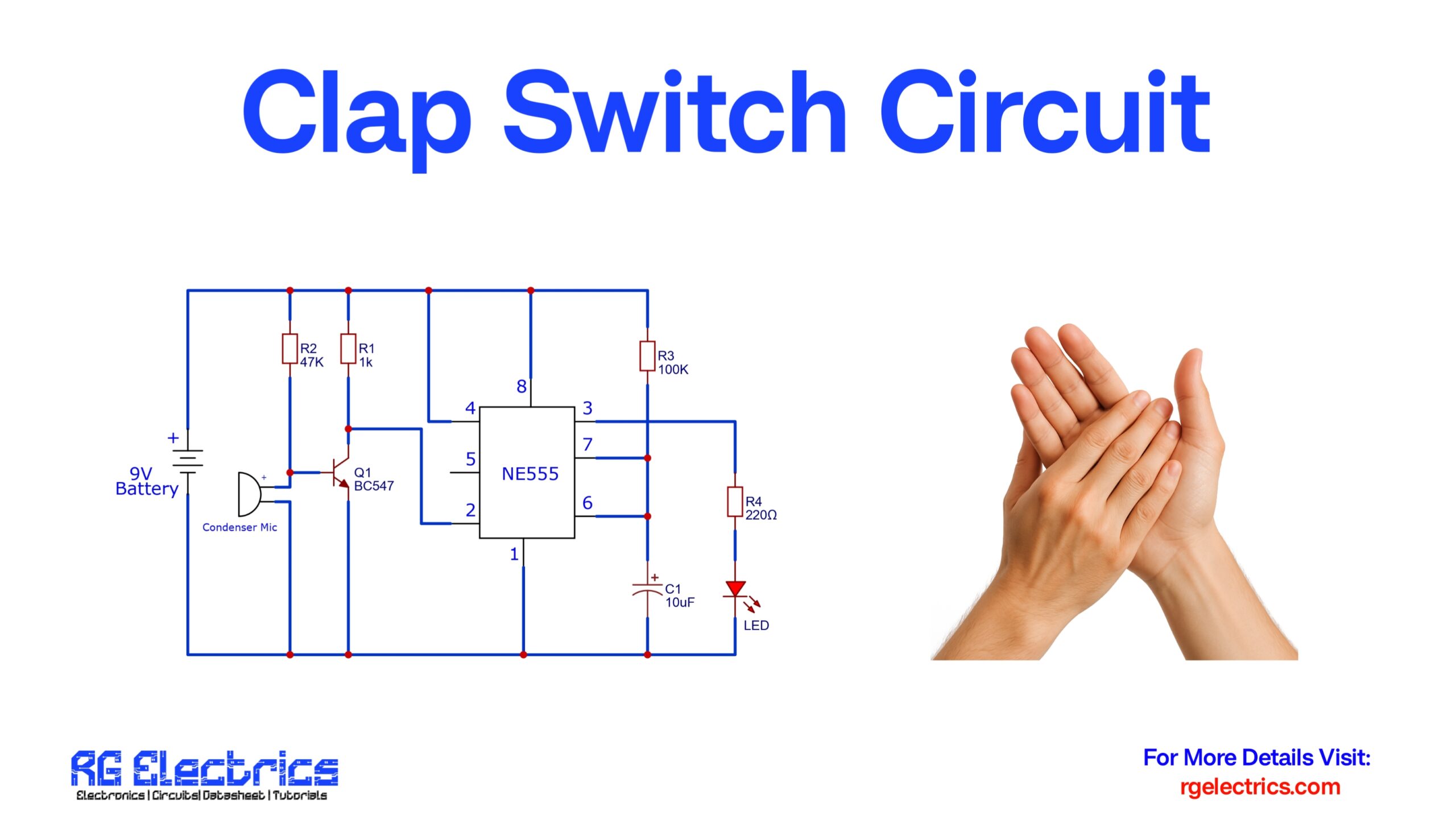Table of Contents
Introduction:
The NE555 LED flip-flop circuit is a simple yet effective electronic project that demonstrates the use of the NE555 timer integrated circuit in astable mode. In this configuration, the NE555 generates a continuous square wave signal, which causes two sets of LEDs to alternately blink, creating a “flip-flop” effect. The circuit is powered by a 12V DC supply, with resistors limiting the current to protect both the LEDs and the NE555 chip. A capacitor and resistors connected to the NE555 determine the timing of the LED blinking, allowing for the adjustment of the flashing speed.
This basic circuit is widely used in electronics projects and education because it is easy to build and helps illustrate key concepts such as oscillation, timing, and LED control. The NE555’s reliability and versatility make it a favorite component in many DIY electronics applications.
Components Need:
| S.No | Components | Value | Qty. |
|---|---|---|---|
| 1. | Time IC | NE555 | 1 |
| 2. | Resistor | 82K, 62 ohm | 1,8 |
| 3. | Variable Resistor | 100K | 1 |
| 4. | Capacitor | 10uf | 1 |
| 5. | LED | – | 24 |
| 6. | Power Supply | 12V | – |
NE555 Pinout:

The NE555 timer IC is an 8-pin chip commonly used for generating precise timing and oscillation in circuits. Here’s a description of the pinout:
- GND (Pin 1): Ground, connected to the negative side of the power supply.
- VCC (Pin 8): Supply voltage, connected to the positive side of the power supply. It typically ranges from 4.5V to 15V, depending on the application.
- DIS (Pin 7): Discharge pin. It’s connected to the timing capacitor, and discharges it when the output is low (used in astable and monostable modes).
- OUT (Pin 3): Output pin. Provides the output signal (either high or low) depending on the timer’s state.
- RST (Pin 4): Reset pin. If pulled low, it resets the timer and forces the output low. Usually tied to VCC when not used.
- THRS (Pin 6): Threshold pin. It compares the voltage of the capacitor with 2/3 of VCC. If the threshold exceeds this value, the output switches.
- TRIG (Pin 2): Trigger pin. A low voltage (<1/3 of VCC) on this pin causes the output to go high. Used to start the timing cycle.
- CV (Pin 5): Control voltage. Allows external adjustment of the internal reference voltage (usually connected to ground via a capacitor for stability).
Circuit Diagram:

Working Explaination:
The NE555 LED flip-flop circuit works by generating a continuous square wave in astable mode. The NE555 timer produces alternating high and low pulses at its output (pin 3), controlled by the timing resistor (100kΩ) and the capacitor (10μF), which define the frequency of oscillation. When the output goes high, current flows through resistors R1-R4, lighting up the first set of LEDs. When the output switches to low, current flows through resistors R5-R8, illuminating the second set of LEDs. This results in an alternating blinking effect between the two LED arrays.
The 62Ω resistors limit the current to protect the LEDs from excessive current flow. The 10kΩ resistor connected to pin 7 helps discharge the capacitor, resetting the cycle. As the output continually oscillates, the LEDs blink in an alternating fashion, creating the flip-flop effect. The 12V DC power supply provides the required voltage for the operation of the entire circuit, ensuring the proper switching of the NE555 and sufficient current for the LEDs.
Applications & Uses:
The NE555 LED flip-flop circuit has several practical and educational uses:
- LED Blinking Displays: It can be used in decorative lighting systems or signage to create alternating flashing lights.
- Sequential Indicators: The circuit is useful for sequential indicators in electronics, signaling systems, or machines where alternating lights are needed.
- Learning Tool: It’s widely used as a teaching aid in electronics to demonstrate how flip-flop circuits work using the NE555 timer.
- Toys and Gadgets: Flip-flop circuits are commonly integrated into toys or simple electronic gadgets for visual effects.















